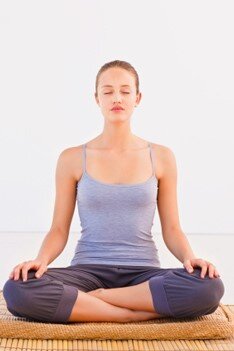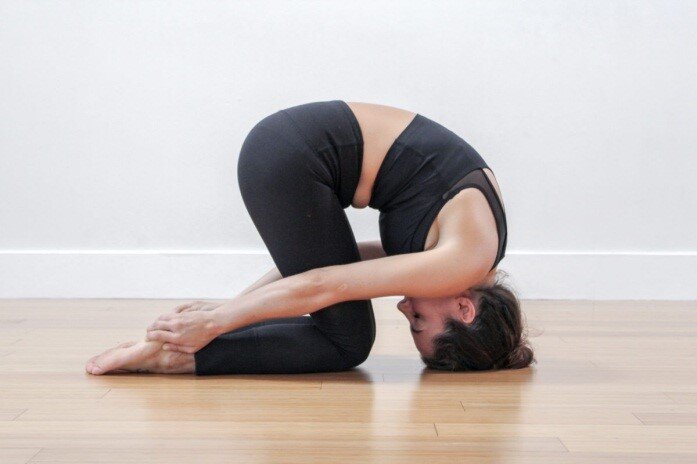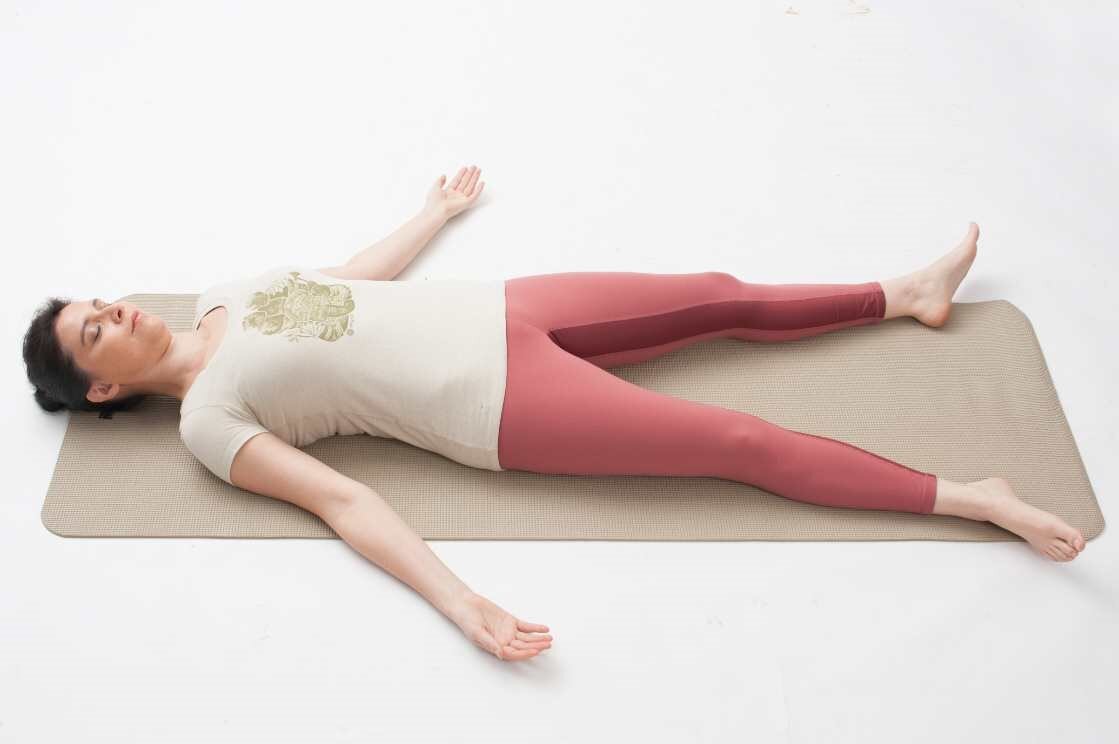Brings mind and body closer and triggers a sense of positivity
When the going gets tough, the tough needs to get going. This certainly applies to the current prevailing times, where amid a pandemic, the need to find solace and emotional resilience is at its peak. We have seen people around us trying different hobbies, coping mechanisms, and therapies to keep the lives running. However, there is an easy and proven way to strengthen your emotional resilience through Yoga.
Since the most ancient times, Yoga has been known to be a way of life, rather than a practice. Many experts and practitioners in the modern time insist that its positive impact goes far beyond the physical being. Yoga is a powerful way for building your emotional strength and regulation. It can help you overcome overwhelming emotional state of mind. This is so because Yoga in its very nature awakens a communication between body and the soul, bringing us closer to our emotional wellbeing and spiritual sides.
In layman’s terms, yes, Yoga makes us feel calmer and is a stress buster. This is Yoga’s prime benefit, which goes far beyond physical fitness and body positivity. A regular routine of its master poses or asanas, can help us keep our minds right and sane, when we battle to see some positivity around us.
Yoga is proven to have therapeutic benefits, which constitutes a combination of physical and breath work. The idea is to choose these right poses, posture or breathing that help stir the right sensations in the body and allow you to reconnect with yourself. For instance, a person battling depression, may often feel fatigued, so less aggressive, and more mindful poses, and meditation will help them restore their emotional balance over a period of time. A constant discipline of yoga practice, will teach us to untangle our inner knots of pain, suffering, anguish, and frustration, help us deal with crises, and deal with heavy meltdowns. Whether there is fear or irritation or even disappointments, yoga practices provide an awareness, awakens compassion within us to perceive and empathise better. Apart from the poses, meditation and mindfulness are key ingredients that help our minds be more relaxed, and collected, help us to sit through boredom, mental anxiety and combat our emotional upheavals.
Some of the master poses which are key for better emotional resilience include Pranayama, along with other stress relieving exercises such as child’s pose, corpse pose, leg up the wall pose, dolphin pose, puppy pose, spine twist and standing forward bends. You could also practice and devote more time in breathing exercises, i.e., Pranayama, meditation, i.e., Dhyan and Samadhi, or Shavasana and to have a holistic impact on your emotional wellbeing.
Positive affirmations combined with mindfulness helps in strengthening the self-awareness. It is indeed proven that daily yoga practice can improve cortisol awakening tendencies in human beings, and combat stress resilience. With this, Yoga also helps in healing the mind and body and makes us healthier from within. In the process, it also reduces our mental stress and makes us feel lighter.
While it is easy to miss a day of Yoga, or meditation for a day, but habit is a beautiful thing to master. Building resilience starts with discipline and habituation, which will involve daily commitment to the routine to connect with one’s own self. Yoga’s miraculous power lies in helping us overcome emotional traumas and complexes with a simply an hour of daily practice. So next time, if your mind tells you to skip a yoga session, remember that practice makes you perfect!
Nida Zakaria.

































